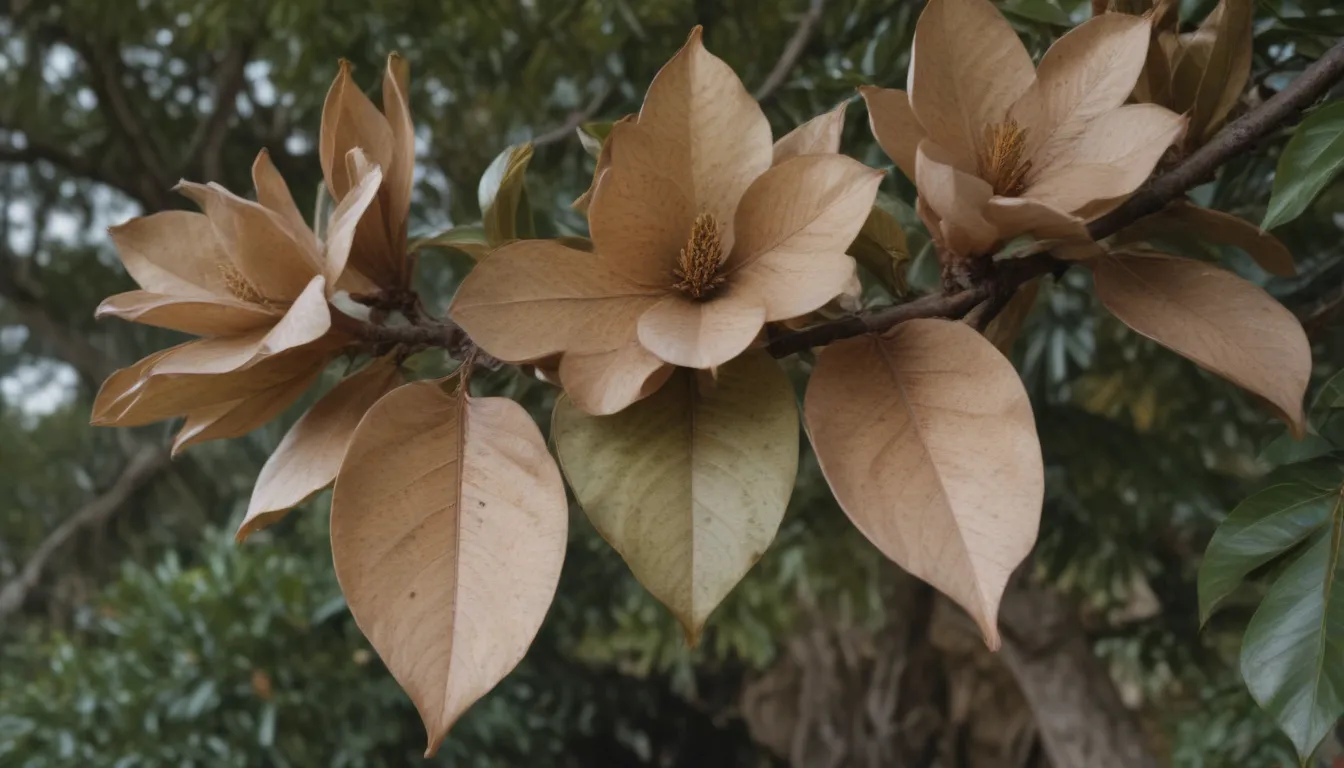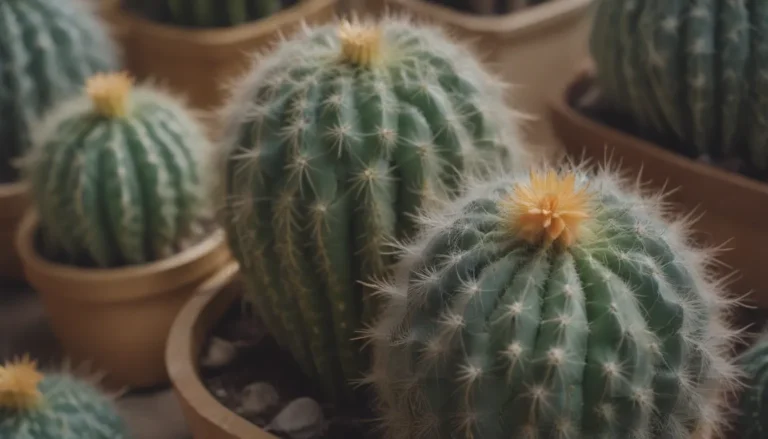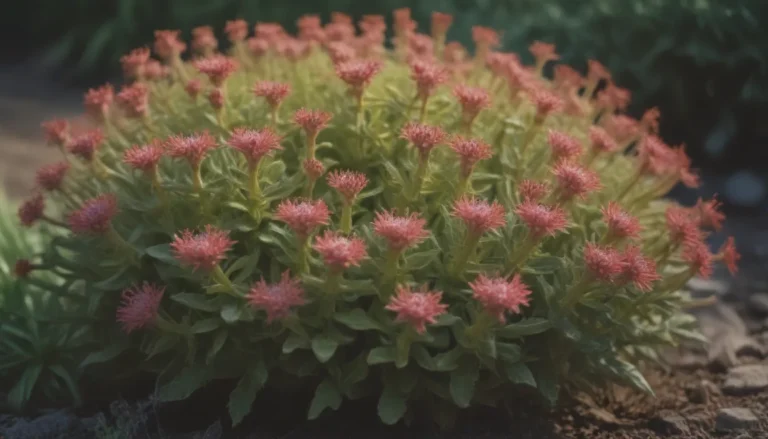How to Identify, Treat, and Prevent Leaf Spot Fungus on Magnolia Trees

Magnolia trees are known for their stunning flowers and lush foliage. However, when black or brown leaf spots appear on the leaves, it can be a cause for concern. In this comprehensive guide, we will dive into the details of identifying, treating, and preventing leaf spot fungus on magnolia trees to help you keep your beloved tree healthy and thriving.
What Causes Leaf Spot on Magnolia Trees?
Leaf spot on magnolia trees can be caused by a variety of factors, including stress, insect damage, and bacterial or viral diseases. However, in most cases, leaf spots on magnolia trees are caused by common fungi. These fungi thrive in moist conditions, which is why magnolia trees in humid regions are often affected. The spots may vary in color, appearing as black, brown, tan, or even red.
Common Types of Fungi Causing Leaf Spot
The four common fungi that are known to cause leaf spot on magnolia trees are:
- Monilia
- Cercospora
- Septoria
- Tubercularia
It’s essential to identify the type of fungus causing leaf spot on your magnolia tree to implement the most effective treatment plan.
Recognizing Leaf Spot Fungus
Leaf spot fungus typically appears as dark or discolored spots on the leaves of the magnolia tree. These spots may start small but can quickly spread, causing the affected leaves to fall off. If left untreated, the tree can become virtually empty of foliage, impacting its overall health and appearance.
How to Treat Leaf Spot on Magnolia Trees
When it comes to treating leaf spot fungus on magnolia trees, the first step is to remove the diseased leaves that have fallen off the tree. Properly dispose of these leaves to prevent the fungus from spreading. It’s important not to compost the diseased leaves, as fungal spores can linger and affect other plants.
For mature magnolia trees, experts typically recommend copper-based fungicides as the best treatment option. These fungicides work as a protectant, so it’s crucial to apply them at the first signs of leaf spot. If other trees in the area are showing similar symptoms, preemptively treat them to prevent the spread of the fungus.
Expert Tip:
Before applying any fungicides or chemical treatments, make sure to properly diagnose the issue. Some tree diseases can mimic leaf spot fungus, so it’s essential to identify the root cause before proceeding with treatment.
Preventing Leaf Spot Fungus on Magnolia Trees
Prevention is key when it comes to keeping your magnolia tree healthy and free from leaf spot fungus. Here are some tips to help prevent leaf spot:
- Proper Care: Ensure your magnolia tree is receiving adequate care, including regular watering, fertilization, and pruning.
- Enhance Air Circulation: Boost air circulation around the tree to reduce moisture levels, as fungi thrive in moist conditions. You can achieve this by pruning excess foliage and spacing out neighboring plants.
- Avoid Overhead Watering: Try to water the base of the tree instead of overhead watering, as wet foliage can promote the spread of fungal spores.
- Monitor for Symptoms: Keep a close eye on your magnolia tree for any signs of leaf spot fungus, and take action promptly if any symptoms appear.
By following these preventive measures and providing proper care for your magnolia tree, you can reduce the risk of leaf spot fungus and keep your tree healthy and beautiful.
Conclusion
In conclusion, identifying, treating, and preventing leaf spot fungus on magnolia trees is essential for maintaining the health and beauty of your tree. By understanding the causes of leaf spot, recognizing the symptoms, and taking proactive measures, you can effectively manage leaf spot fungus and keep your magnolia tree thriving for years to come. Remember to consult with a professional arborist for expert advice and treatment options if needed.





